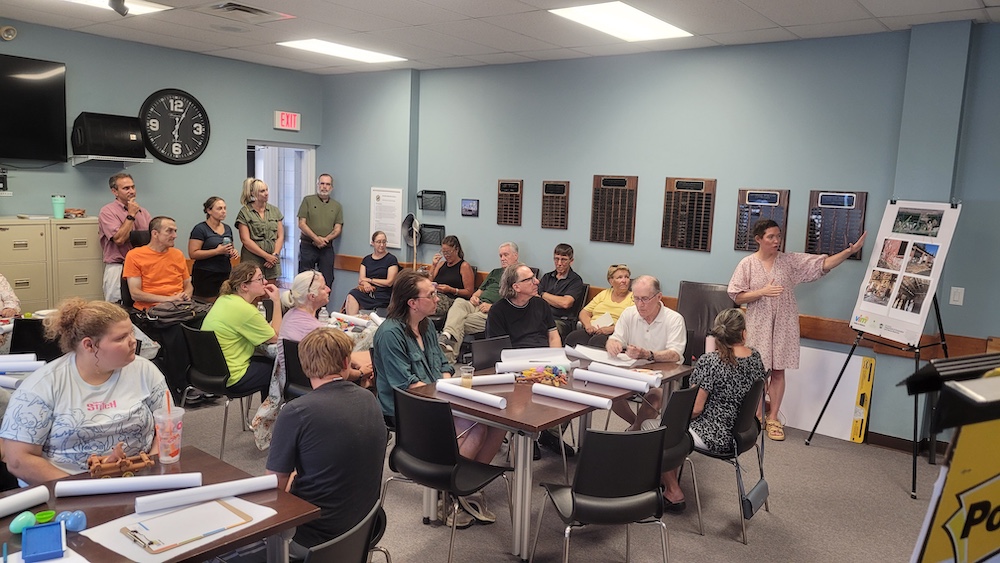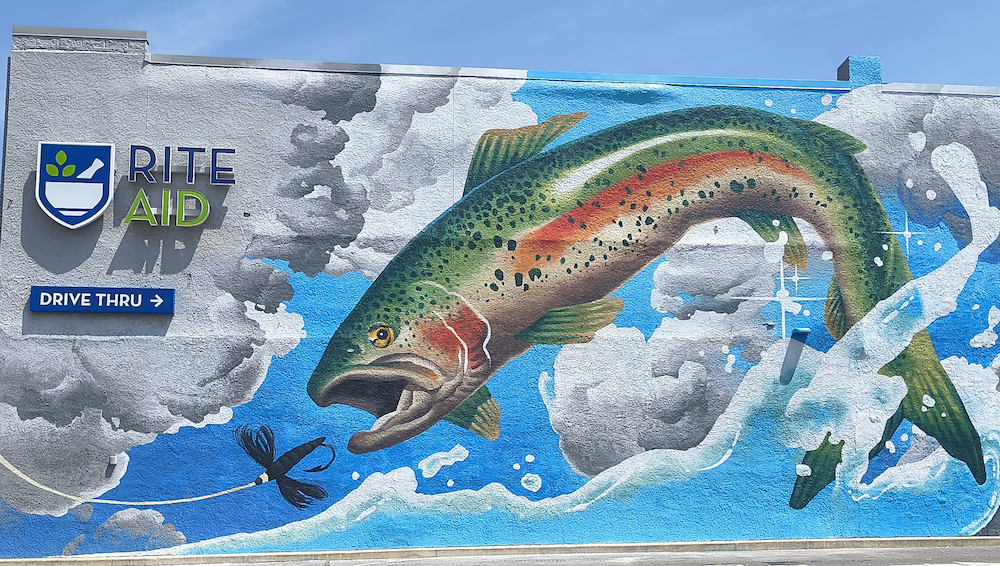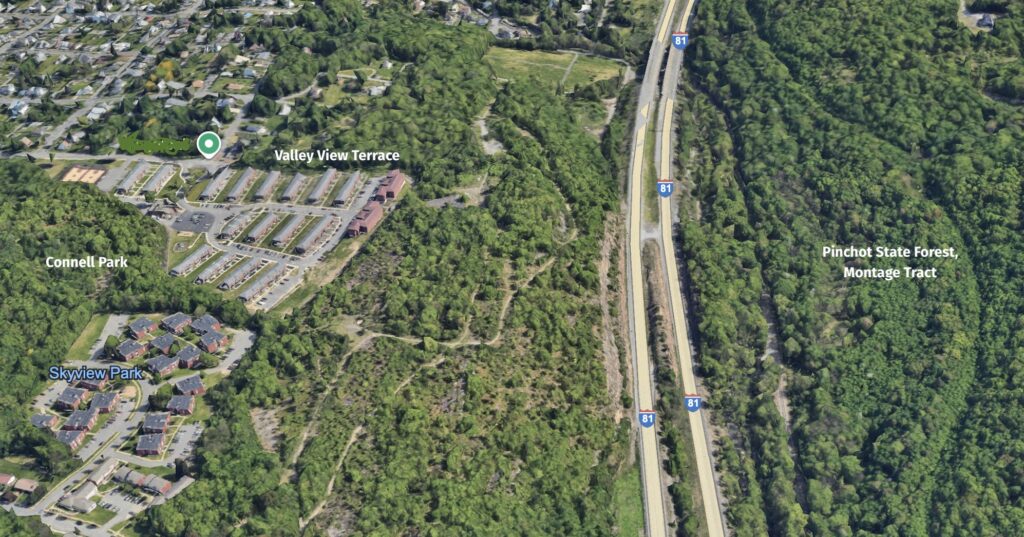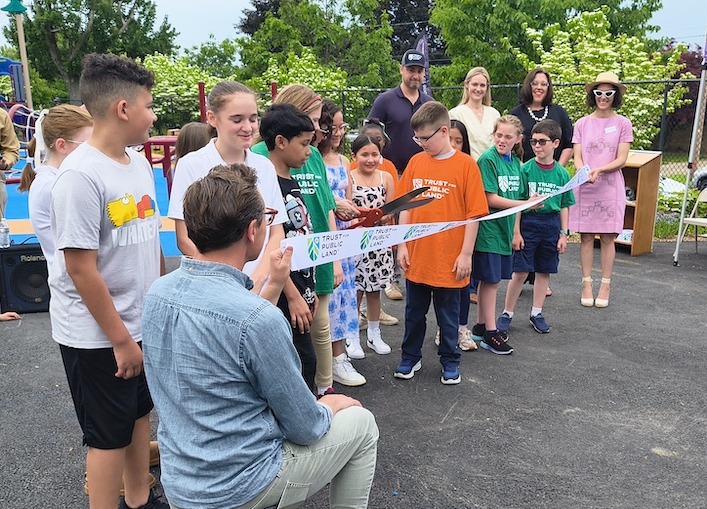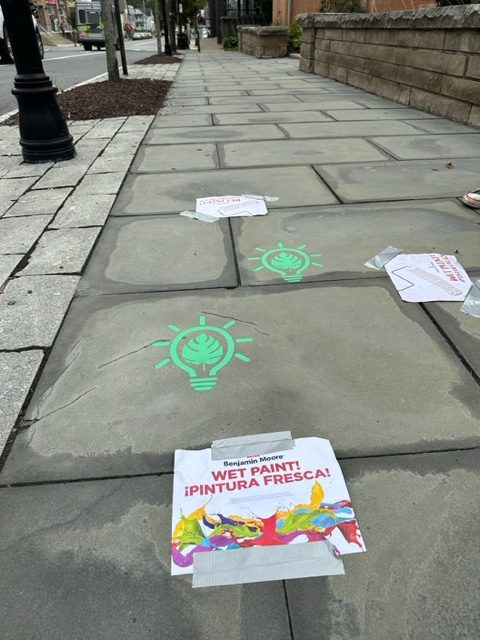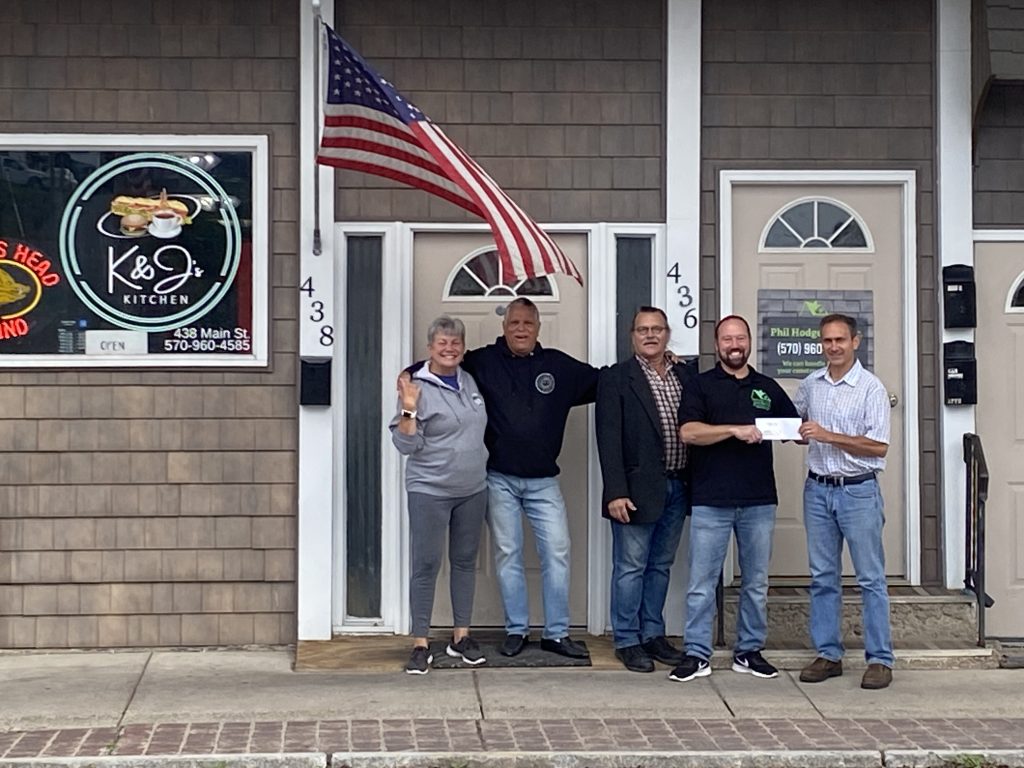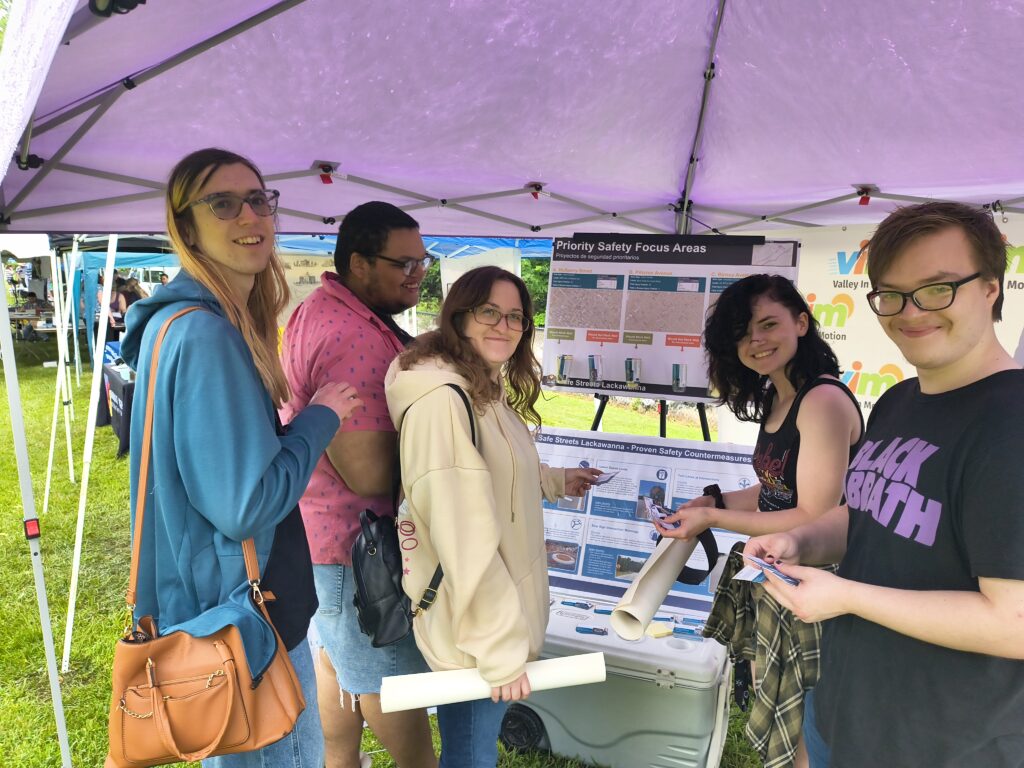
What We Do
Building an active, connected, and inspired community.
Valley In Motion strengthens sense of community across the Lackawanna Valley by providing places and events for community connection and engagement. We promote health, civic pride, and meaningful connections with our neighbors. Through projects that improve access to outdoor recreation, public art, and economic opportunity, we’re fostering community and quality of life across our region.
Follow us to stay in the loop!
Stay connected with Valley in Motion by following us on social media! It’s the easiest way to stay in the loop on all of our upcoming projects, community events, and new opportunities to support VIM’s mission. Join our online community to see the impact being made across the Valley, get real-time updates, and discover meaningful ways you can help keep our region moving forward. Follow along and be part of the momentum!

Share your ideas! We'd love to hear from you!
Have an idea for a project? Want to get involved? Or just have a question about how you can support the work we’re doing? Valley in Motion would love to hear from you! Reach out to us anytime — your ideas, energy, and curiosity help keep our community moving forward. Let’s connect and make great things happen together!






